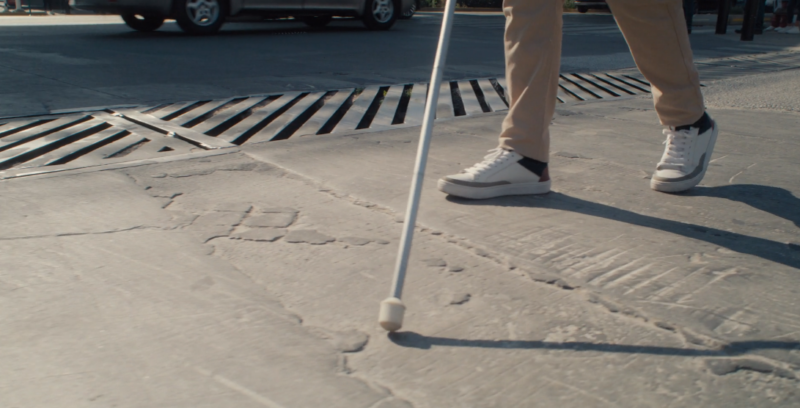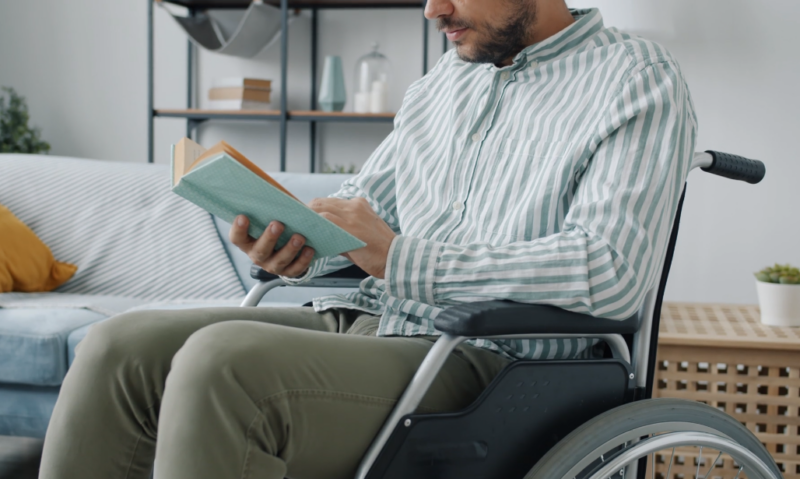Disability benefits are vital for individuals with disabilities, offering financial support for daily living and medical care. These benefits ensure a dignified life for those unable to work due to disabilities.
However, moving to another state can be challenging, especially for disability benefit recipients. Concerns about losing benefits, navigating different state laws, and disruptions in medical services can be daunting.
This guide simplifies the relocation process for those on disability benefits. It explains the nuances of federal disability programs, outlines the steps to transfer benefits, and provides practical advice for a smooth transition.
With this guide, you’ll be equipped with the knowledge and confidence needed for a successful move.
Simple Answer
Transferring disability benefits to another state is a straightforward process. Notify the Social Security Administration (SSA) of your new address within 10 days of moving to ensure uninterrupted benefits.
You can update your address online, by phone, or in person at a local SSA office. The SSA will transfer your benefits to the new state’s office, and you should continue receiving your payments without disruption.
Step-by-Step Guide to Transferring Benefits
Moving to a new state when you have disability benefits might seem hard, but here’s an easy guide to help you.
Step 1: Notify the Social Security Administration (SSA)

Make sure to tell the Social Security Administration (SSA) as soon as you move. This is important because it keeps your benefits and important letters from the SSA coming without any interruptions.
Step 2: Check State-Specific Supplemental Benefits
Next, find out if your new state offers any extra benefits. This can be different in each state, so it’s good to look at the state’s websites or ask groups that help people with disabilities.
If there are extra benefits, you might need to fill out some forms to get them.
Step 3: Update Your Medicaid
Then, look into Medicaid in your new state. Medicaid can be different depending on where you live, so you need to apply again in your new state.
Make sure you have all your important papers like proof of where you live and how much money you make.
Step 4: Prepare for a Possible Gap in Services

Lastly, be ready for any time when you might not have Medicaid. This could happen while you’re moving.
Make sure you have enough of your medicine and your medical records. It’s also a good idea to find new doctors before you move and set up appointments with them.
By doing these things, moving with your disability benefits can be easier. Keep everything organized, write down important information, and ask for help if you need it.
With some planning, you can move and still have the support you need.
What Are Federal Disability Programs?
Getting to know federal disability programs is essential for maintaining continuous support when moving from one state to another. The two main programs that offer benefits to individuals with disabilities are Social Security Disability Insurance (SSDI) and Supplemental Security Income (SSI).
Navigating these program
s can be intricate, but it’s a critical step for ensuring uninterrupted assistance during a relocation.
SSDI
Social Security Disability Insurance (SSDI) is designed for individuals who have worked and paid into the Social Security system through payroll taxes. To qualify for SSDI, you must have accumulated a certain number of work credits, which are based on your age and how long you’ve worked.
Additionally, you must have a medical condition that meets the Social Security Administration’s definition of disability and is expected to last at least one year or result in death.
SSI
Supplemental Security Income (SSI), on the other hand, is a needs-based program for individuals who have limited income and resources. SSI is available to those who are 65 or older, blind, or disabled, and who have not earned enough work credits to qualify for SSDI.
Eligibility for SSI is determined by financial need, and the amount of benefits received is based on income and living arrangements.
Transferability of SSDI and SSI
One of the key advantages of federal disability programs is their transferability between states. Because SSDI and SSI are federal programs, they are not tied to your state of residence.
This means that if you move to a different state, you do not need to reapply for SSDI or SSI benefits. However, it’s important to notify the Social Security Administration (SSA) of your move to ensure that your benefits continue without interruption.
Preparing for Your Move

Relocating to a new state requires careful planning, particularly when you depend on disability benefits. To ensure a smooth transition, it’s essential to prepare ahead of time.
Importance of Planning Ahead
Planning allows you to anticipate potential challenges and address them before they become issues. It also provides peace of mind, knowing that you have taken the necessary steps to protect your benefits during the move.
Checklist of Documents and Information Needed
To prepare for your move, gather the following documents and information:
- Current SSDI or SSI award letter: This document serves as proof of your current benefits and will be useful when updating your information with the SSA or applying for state-specific programs.
- Medical records: Keep a copy of your medical history and current treatment plans to share with new healthcare providers in your new state.
- Identification documents: Ensure you have your Social Security card, driver’s license or state ID, and birth certificate.
- Contact information: Compile a list of contact details for your current doctors, specialists, and any other important contacts related to your disability benefits.
- New state’s Medicaid information: Research the Medicaid application process in your new state and gather any required documentation.
By following this checklist and staying organized, you can confidently navigate the process of transferring your disability benefits to another state. Remember, the key to a successful move is preparation and staying informed every step of the way.
After the Move: Navigating Changes in SSDI and SSI Benefits
Once you’ve moved, you might wonder what happens next with your Social Security Disability Insurance (SSDI) and Supplemental Security Income (SSI) benefits. The good news is that SSDI benefits usually stay the same no matter where you live in the United States, as they’re a federal program.
However, SSI benefits might change a bit because they can include state supplements. When it comes to state-specific programs and services, each state has its own set of rules and offerings.
This means you may find new types of support or services available in your new state that weren’t in your old one. It’s a good idea to take some time to learn about these.
You can often find this information online, or you can reach out to local organizations that help people with disabilities. Adjusting to these new programs and services may take a bit of time, but it can also open up new opportunities for assistance and resources.
It’s all about getting to know what’s available in your new home state and how it can help you. Remember, it’s normal for this process to feel a bit overwhelming at first, but with a little research and maybe some help from local groups, you’ll soon find your way.
FAQ
Can moving to a new state affect the amount of my SSDI benefits?
No, the amount of Social Security Disability Insurance (SSDI) benefits you receive will not change due to a move to a new state, as SSDI is a federal program with uniform benefits across the United States.
Do I need to undergo a new disability evaluation when I move to a different state?
No, you do not need to undergo a new disability evaluation when moving. Your disability status as determined by the Social Security Administration (SSA) remains valid across state lines.
Will I automatically receive state supplemental benefits if I move to a state that offers them?
Not automatically. If you’re eligible for Supplemental Security Income (SSI) and move to a state that offers state supplemental benefits, you may need to apply separately for these state-specific supplements.
How can I find a new healthcare provider that accepts Medicaid in my new state?
You can search for healthcare providers that accept Medicaid in your new state by using online directories provided by the state’s Medicaid program or by contacting local health departments or social service agencies for assistance.
Is there a grace period for applying for Medicaid in the new state after moving?
While there’s no official grace period, it’s advisable to apply for Medicaid in your new state as soon as possible. Any delay might result in a coverage gap, so it’s best to begin the application process immediately after moving.
Can moving to another state impact my ongoing medical treatments or prescriptions under disability benefits?
It’s possible, especially if there’s a gap in Medicaid coverage or if your new state’s Medicaid program has different coverage policies. It’s important to plan, ensure you have an adequate supply of medications, and establish care with new providers promptly after relocating.
Closing Thoughts
This comprehensive guide provides a seamless roadmap for individuals with disabilities who are contemplating a state-to-state relocation while receiving disability benefits. It emphasizes the importance of these benefits in ensuring a dignified life for those unable to work and underscores the challenges and complexities involved in moving.
The guide meticulously breaks down the process into manageable steps, covering crucial aspects from understanding federal disability programs like SSDI and SSI to the specifics of transferring these benefits. It stresses the significance of early planning, offers a detailed checklist, and presents a step-by-step guide for a smooth transition.
Furthermore, it addresses potential changes and adaptations post-move, encouraging individuals to explore new state-specific benefits and services. This guide is an indispensable resource, instilling confidence and clarity for a successful move, ensuring continuous support, and minimizing disruptions during this significant life change.
